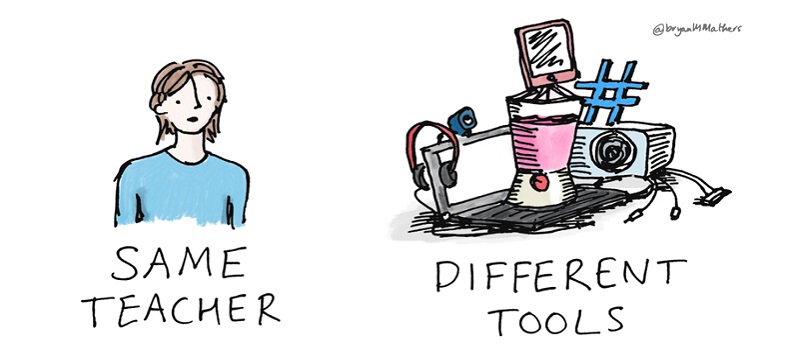1.3 Interacting with students
One of the most noticeable differences between synchronous and asynchronous teaching is the nature of the interactions between teacher and students. Such interactions include providing feedback, answering questions, or guiding students through a particular activity.
Focusing on feedback, in a synchronous teaching environment, the teacher can deliver feedback immediately whenever it is required. However, while the face-to-face environment allows for visual cues when delivering feedback, these are not always possible in the online environment. It is important when teaching online to proactively make opportunities for feedback both from teacher to learner and from learner to teacher, to make up for the loss of the face-to-face cues.

Feedback in the asynchronous environment will be given some time after a learner has asked a question. So, if several iterations of the conversation are needed to help the learner with their issue, it can take some time to give the feedback. This is one of the reasons why peer feedback is often used in the asynchronous setting, allowing learners to aid each other without having to wait for the next input by the teacher (Gikandi and Morrow, 2016).
1.2 Making use of asynchronous and synchronous online teaching opportunities
